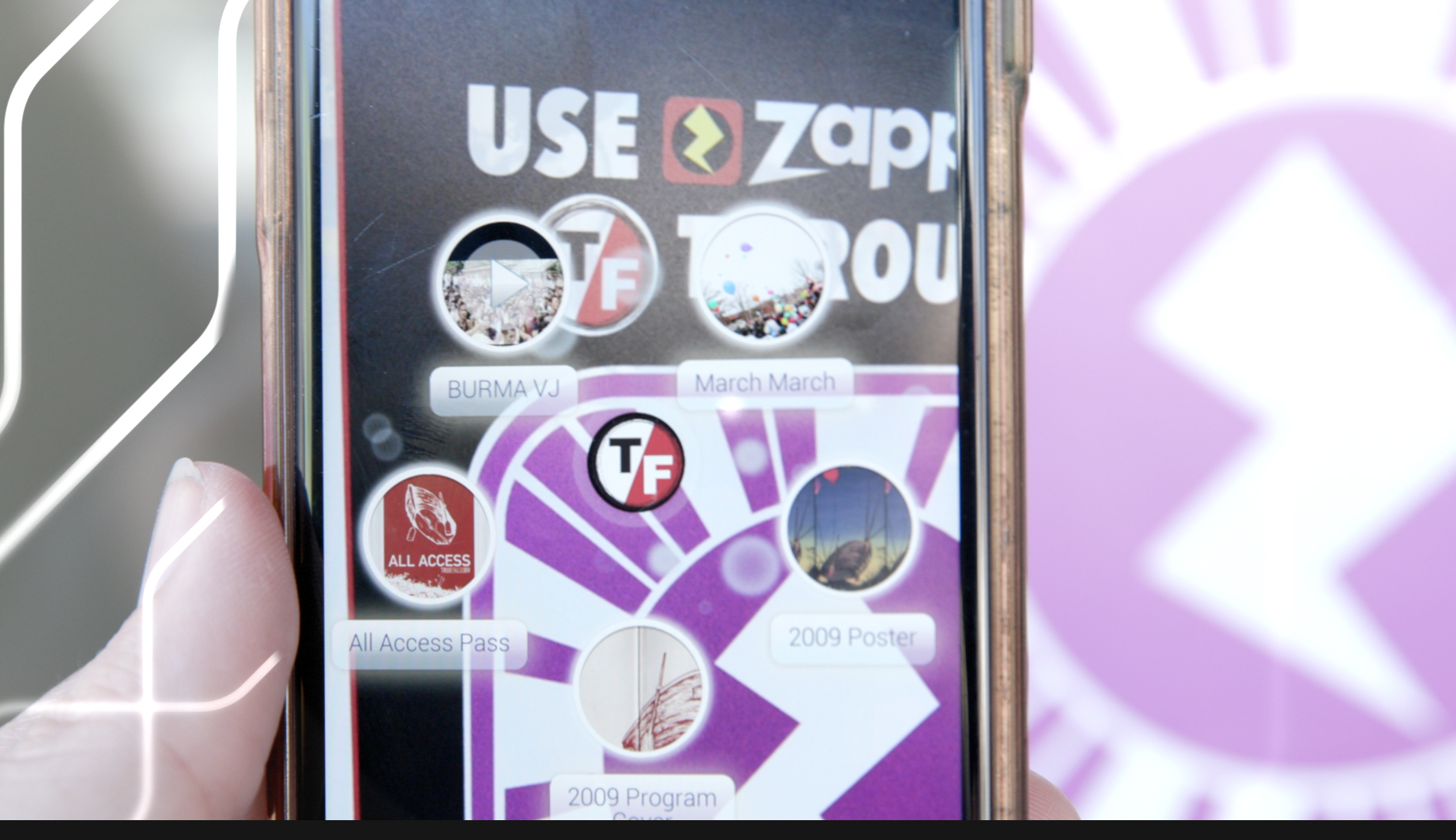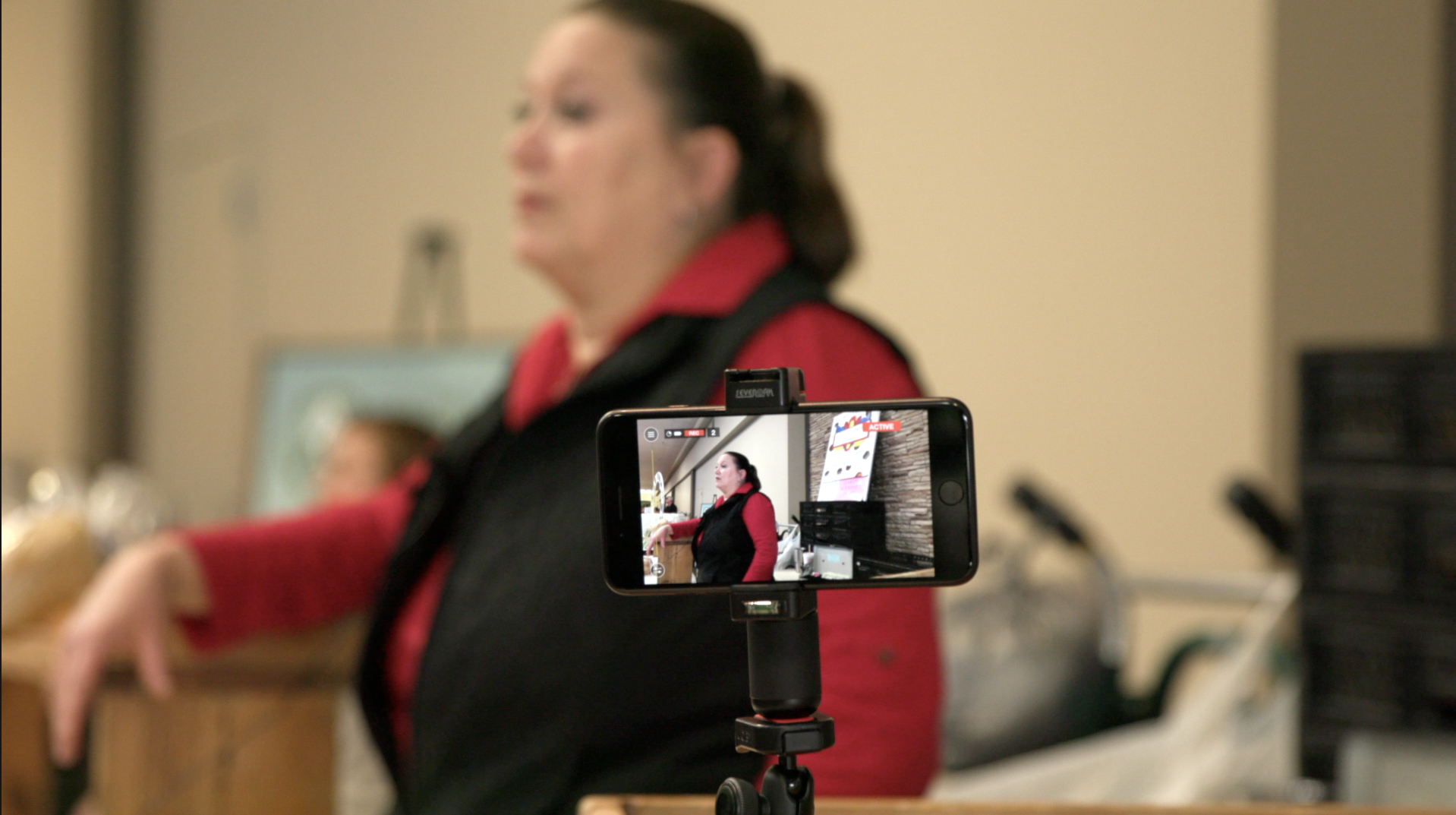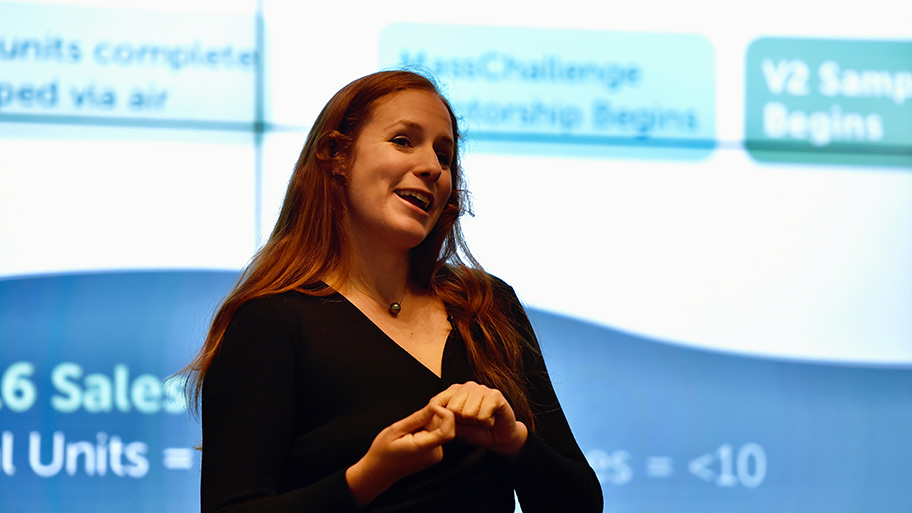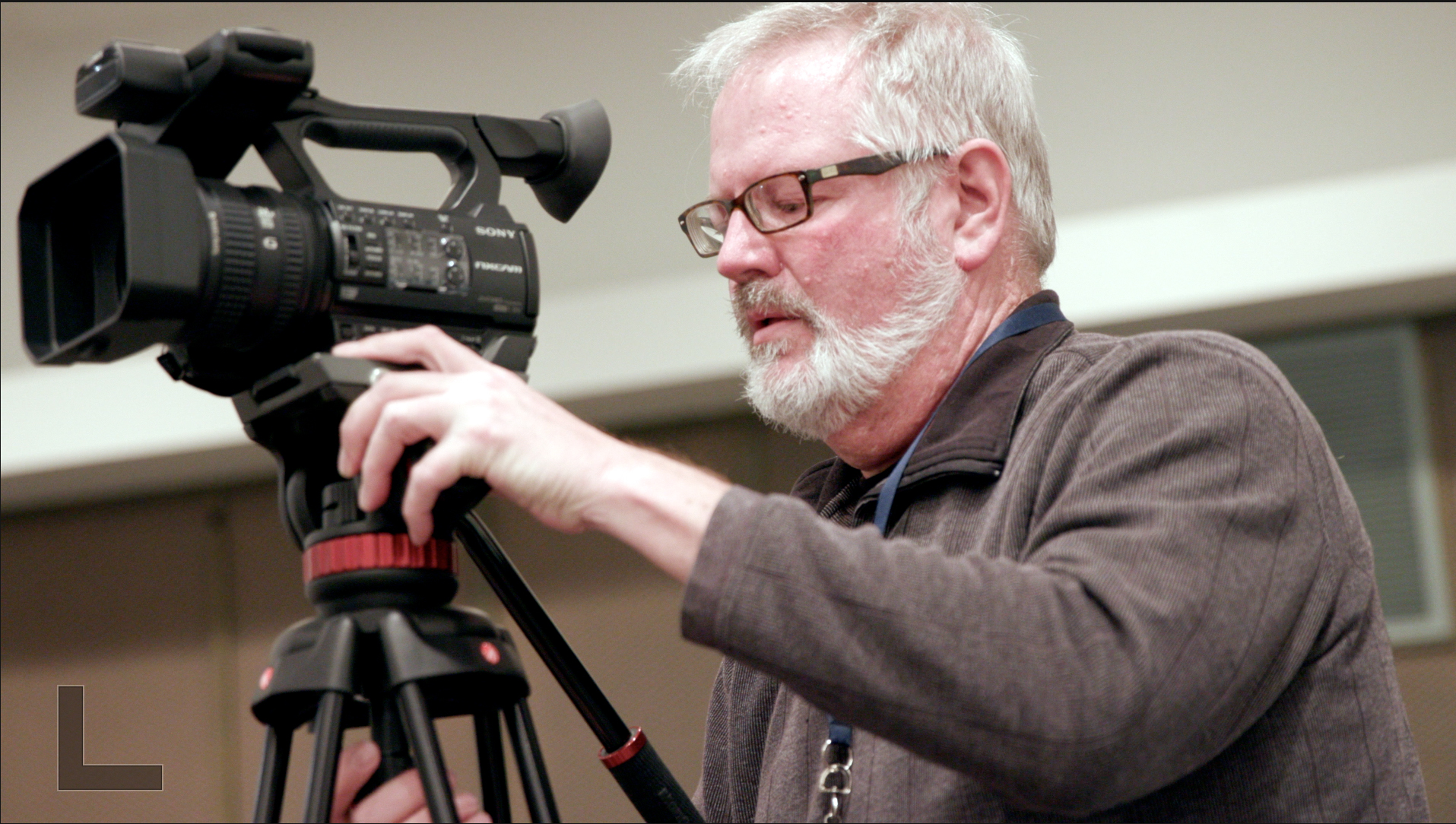
News
Veteran journalists talk credibility and community reporting in changing political climate
Renee Hickman, Soo Rin Kim and Allison Pecorin WASHINGTON — Veteran journalists who cover Washington and the White House say President Donald Trump’s attacks on the news media have taken a toll and laid part of the blame for the decline in public trust on weakening sources of local news. Their comments came at a … Continued
RJI announces 2018-19 class of fellows
The Donald W. Reynolds Journalism Institute has awarded nine fellowships for the 2018–19 academic year that address ways to reach underserved audiences, improve the quality and reach of video and data-driven stories, coordinate the coverage of breaking news and help high school students identify reliable sources of news and information.
Augmented Reality: Tools for newsrooms
Tom’s Hardware News Director Seth Colaner speaks about augmented reality tools that newsrooms can use to present their content to news consumers.
Augmented Reality: Creating interactive news content
True/False Film Fest attendees speak about interacting with our augmented reality experience during the four-day event in March.
Live video: Tips and tools
Live video needs proper preparation and planning to ensure your broadcast is successful. Here are some elements to consider before you go live: 1. Data or Wi-Fi? If you’re using a mobile app like Cinamaker or Switcher Studio to create a multi-angle broadcast, you’ll most likely need a strong Wi-Fi connection to link your phones. Every … Continued
12 tips for ‘Pitching like a pro’ from ‘Shark Tank’ contestant Melissa Gersin
When asked how she might improve or change her pitch to “Shark Tank” investors, entrepreneur Melissa Gersin says, “I probably wouldn’t change anything.” She says she feels this way because she went into the pitch well prepared and confident. In fact, the pitch felt easy because of all the prep work, she says. Hours of … Continued
Ergonomics: What I’ve learned while battling a repetitive motion injury
Imagine coming to work and not being able to type a story on your keyboard because of intense pain in your wrist, elbow or fingers. It’s a scary thought. I never thought it could happen to me. I’m only 33 years old. But I’ve been suffering from tendonitis for several months. More than a year ago I began having pain in my left wrist periodically. But it usually came and disappeared within the same day. Then suddenly it became more noticeable, and gradually it became a constant companion. I love to write, but I almost dreaded coming to work because I didn’t want to be in pain. Like everyone I use my hands continually throughout the day, so it’s been a slow recovery process.
An ergonomic specialist reviewed my workstation and gave me suggestions for furniture that would help me become more ergonomic. She also suggested various assistive technology such as dictation to help alleviate some of the pain and give my wrist the rest it needed to recover.
—JN
May I interest you in a career in media sales?
EDITOR’S NOTE: The writer is a senior in the strategic communication sequence at the Missouri School of Journalism. Although written to her school peers, media salespeople or professionals considering a career in sales may enjoy her story.
‘Shark Tank’ entrepreneur to share pitching tips at upcoming RJI event
RJI Student Competition teams next week will receive pitching advice from a “Shark Tank” entrepreneur before making their own journalism product pitches to competition judges this spring. Tranquilo CEO Melissa Gersin of Boston will speak about her preparation and pitch for the reality TV show during “Pitch like a pro” at 5 p.m. March 19 … Continued
Live video: Sound is key
In this segment we discussed live video with Kansas City Star Visuals Editor Chris Ochsner, who, with his staff, runs polished live sessions utilizing multiple cameras and professional sound tools.









